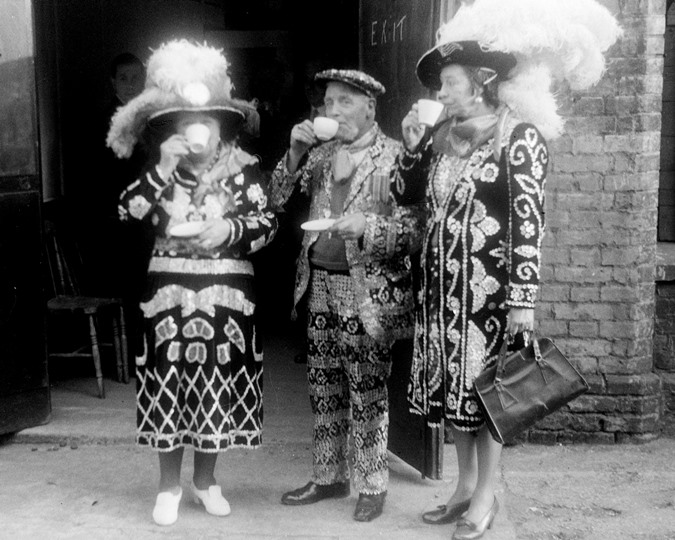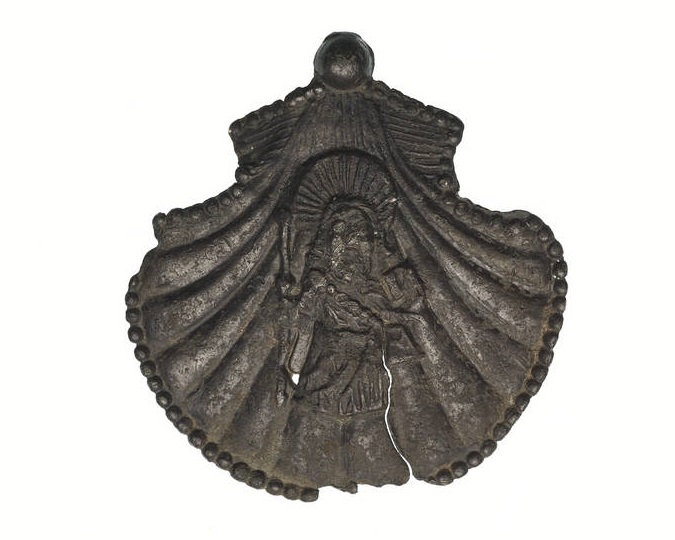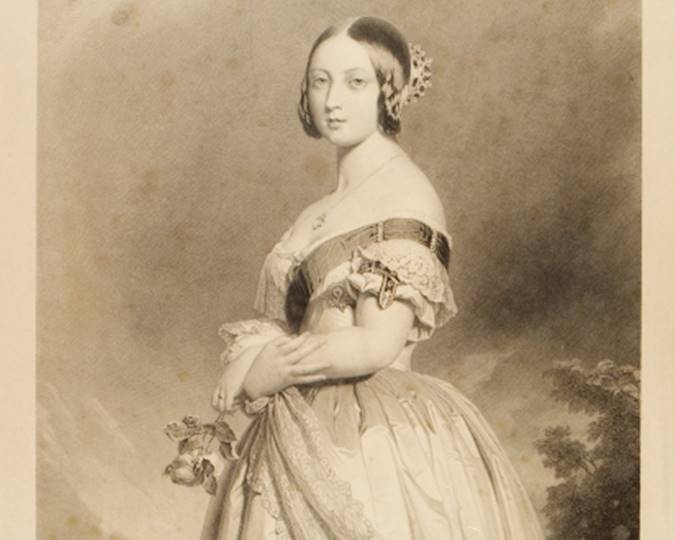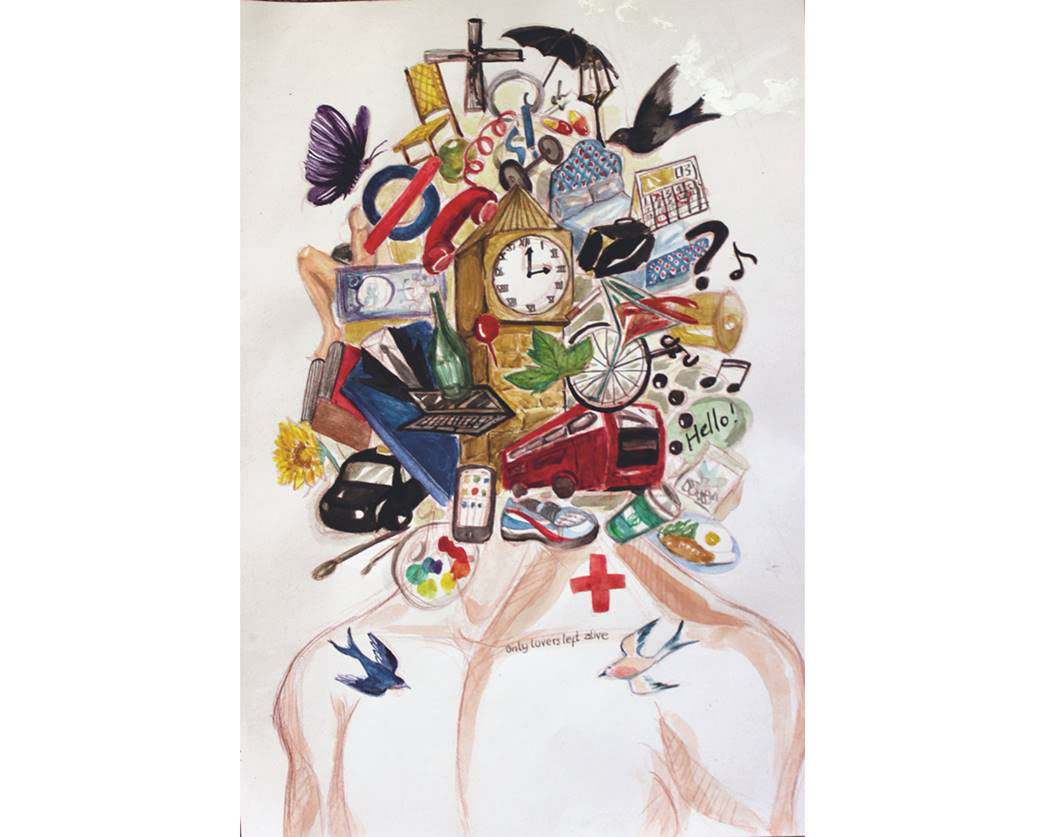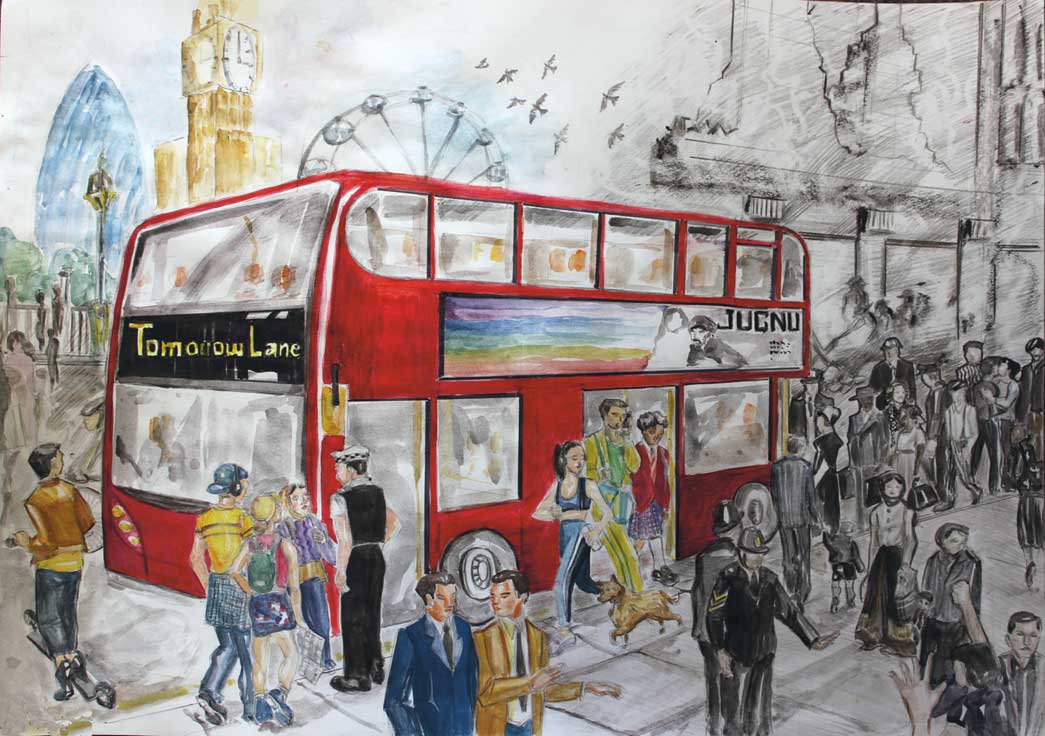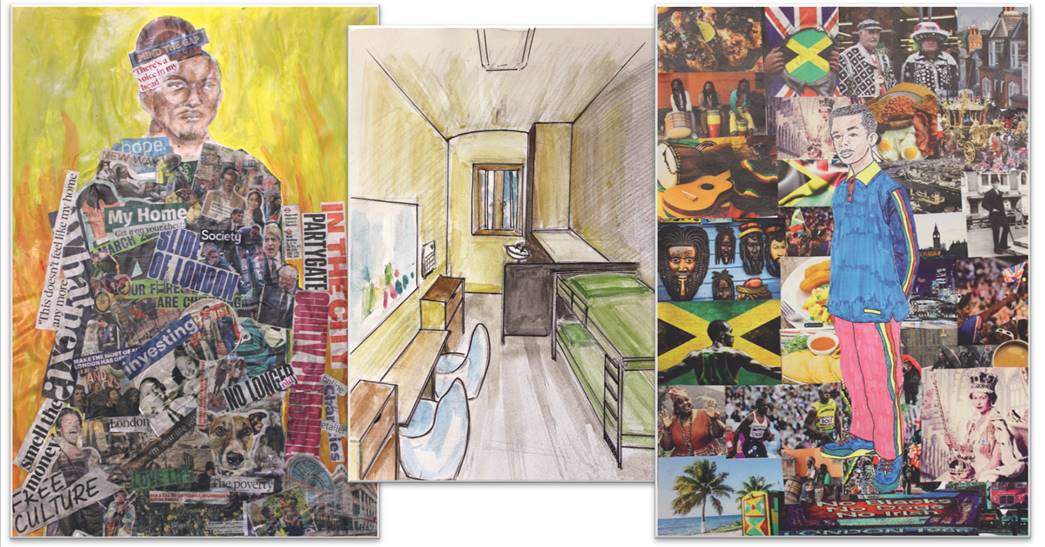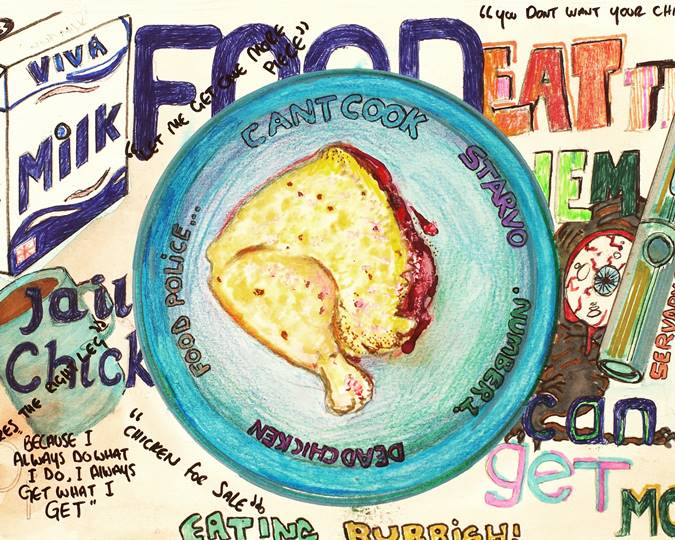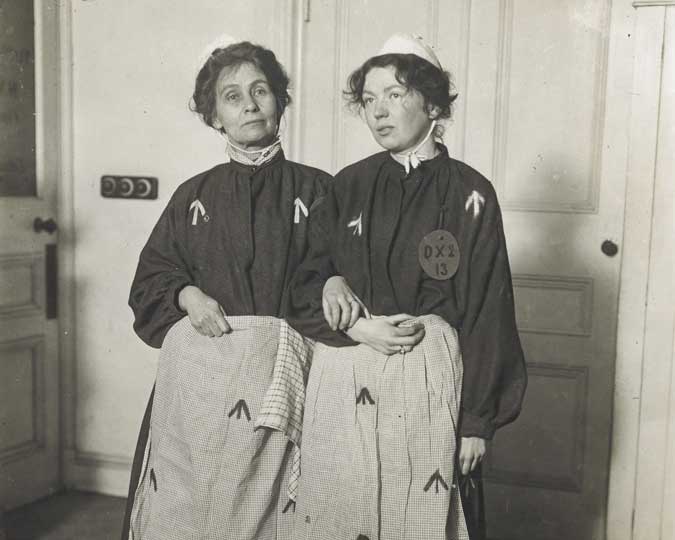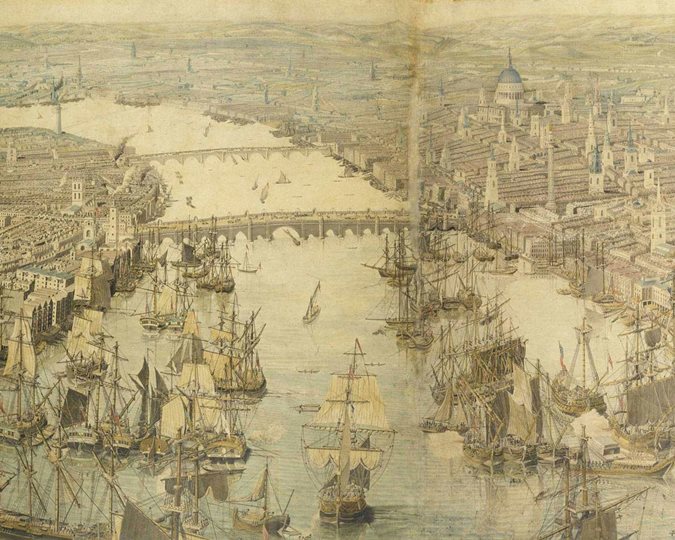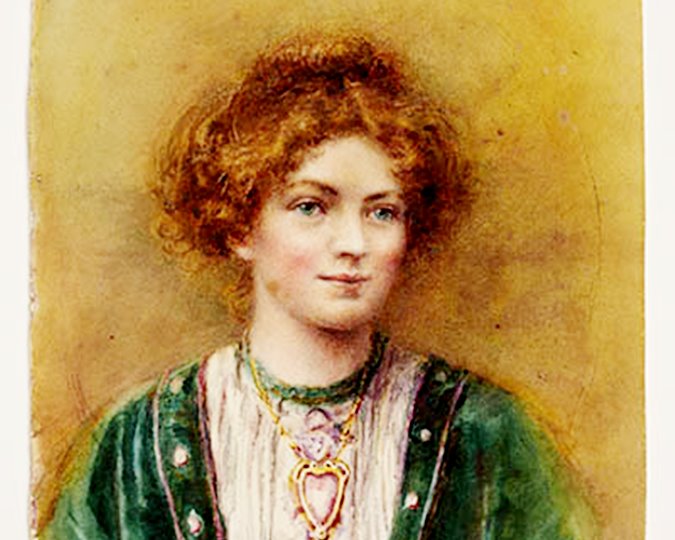The Museum of London collaborated with the learning team at HMP Pentonville on a project that captures the ‘societal, cultural and economic change in post-World War II London’ through text and art. The work produced by the men has been published in a booklet, ‘Changing London: 1946-2022’.
Prisons have always been an integral feature of London’s architecture and social fabric. This is reflected in the Museum of London’s social history collections that include items relating to public execution, Victorian penal reform and the imprisonment of Suffragettes, in their fight for the vote.
In 2023, the museum worked with the learning team at HMP Pentonville on a project relating to the subject of contemporary London. The resulting booklet, Changing London 1946-2022, represents an ongoing collaboration between the Museum of London and the Creative Arts Group at HMP Pentonville. Previously, in 2022, the museum collaborated on a booklet of artworks presenting an honest account of prison food, We Are What We Eat.
This collaboration not only provides the men with opportunities for developing their creative skills, but also enriches and informs our curatorial work at the museum. Direct engagement with often under-represented individuals and communities is key to our role of understanding and representing the lived experience of all Londoners.
A majority of those living and working at HMP Pentonville have close connections with London. Many of their friends and families live in the London area. As Jason, one of the Pentonville learners notes, “Behind the walls of HMP Pentonville are men from different cultures, backgrounds, ages and experiences that are truly diversified. The obvious association that we are often identified as, or adopt, is simply that of a ‘prisoner’. Of course we are so much more than a single defining label, and we can certainly consider ourselves Londoners first and foremost.”
The idea for a project on ‘societal, cultural and economic change in post-World War II London’ was initiated by the Pentonville learners and developed under the guidance of their team, with the museum’s support.
The work produced by the men who, while still living in London, are excluded from the day-to-day life of the capital reflects their unique position of being able to objectively look at the outside world from within an enclosed institution.
As Jason writes, “This project allows us to relate to each other and hopefully, you as Londoners, who have experienced changes in a city we all consider our home.”
The published artworks and writings provide a reflective and creative response to the history of post-war London. While Raghu writes about London’s changing roads and population; Habib’s two-page article on ‘Gangs of London’ provides a unique personal view of the city’s underbelly since World War II. But many of the contributions provide insights into a more personal lived experience of contemporary London. Barry, for example, writes a powerful piece on growing up with two identities, familiar to many — feeling English at school, and Jamaican as soon as he was home.
At times, these reflections represent the gritty, edgy and challenging aspects of London life, including racism, isolation and first impressions. As Patrick, who arrived in London as an adult notes, “In my country people love when you say good morning. But when I came here, I tried to say good morning to people, but they just stepped past. I felt very insulted.”
But the booklet also represents a more positive view of changes to London over the last 76 years that we can all relate to and embrace. For as Carl notes, “I am an African Caribbean man brought up on ‘Turkish pizza’, Portuguese custard tarts and Mauritian curries as much as patties and coco bread.”
Pride and perspective
Working with the men at HMP Pentonville on this project, has influenced our curatorial work at the museum by offering fresh, unfiltered perspectives of contemporary London. But the collaboration also benefits the men at HMP Pentonville for, as Jason notes, “This project was an innovative and enjoyable way of learning and creating work that I can be proud of and others can enjoy.”
This sentiment is also echoed by José Aguiar, who led the project from the learning team and notes, “This project-based learning, in partnership with the museum, was a powerful learning experience. It blended content mastery, meaningful work, and personal connection. The Changing London project provided a unique opportunity for the participants to develop and increase their social and cultural capital.”
The achievements of the project are also supported by the Governing Governor of HMP Pentonville, who writes: “The collaboration between the Museum of London and HMP Pentonville was one of the most creative project I have seen in my time in the Service. Both staff and prisoners contributed to the book that was produced and it was high quality work…it was also a step further towards rehabilitation for the men who took part.”
Below, Jason, who took a leading role in the project, provides his own perspective of the project:
As a topic for the project, ‘Changing London’ could not have been as well-suited a match for our creativity. Over a few short months, Pentonville from across a number of creative workshops collaborated in sharing their interpretations of the changes they had observed in a post-war London. Through poetry, short stories, personal essays, art and audio recordings, there were high expectations among ourselves to furnish this project with interesting, colorful and relatable experiences. When we finally got to see all the contributions neatly packaged in an attractive, well-designed and presented booklet we would like to think we managed to collate some personal, authentic and interesting perspectives of some of the changes we have observed in London.
A sense of pride and achievement certainly accompanies this project, and it was also a thought-provoking and emotional experience at times. A short recollection of childhood in ‘Look at me now’ touches on some of the issues faced by many first-generation African and Caribbean children when my own mother reminds me that “They used to call me names too and tell me to go back home, but look at me now!”
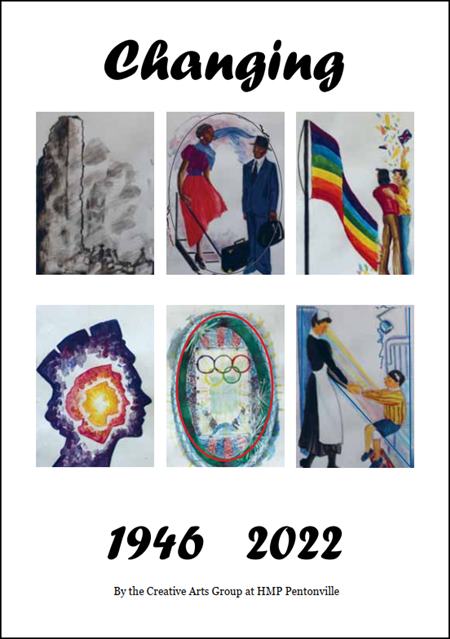
Although some students were able to draw on their personal recollections, others chose to ‘interview’ their older family members. Not many of us were around to personally experience Blitzkrieg; so in George’s ‘Back in our London days’, we are reminded, by his Nan, that Leicester Square “was a classier Tube station to hide in during the bombing, with wardens, hot refreshments, kids’ magic shows” as opposed to Camden, where there was people “swearing” and “stepping over you until 10pm”.
As Londoners, we can relate to a city that has undergone so many transformations and makeovers. It doesn’t matter if you were born here decades ago, or you consider yourself a relatively new arrival, we can all think of some changes that we may love, dislike, inspire us, leave us frustrated or make us happy about our changing city. The changes to our tastes, the language, the colour of the faces, the culture of the city, the social attitudes of another generation may be just as memorable to you as it has been for us. If there is one sentiment we would like to convey to you through this project, it is that from behind the high walls of HMP Pentonville, we have sought to take a nostalgic trip around our experiences of a ‘changing London’ and share them with you.
Read/download the booklet ‘Changing London: 1946-2022’ here (1.6MB).
The Museum of London’s work with HMP Pentonville forms part of our active Engagement Charter that defines engagement as “Working with, listening to and learning from different communities, partners and visitors to inform and enrich our work.”
Love history and trivia? Subscribe to our free History of London newsletter for stories from our collections, displays and exhibitions.

